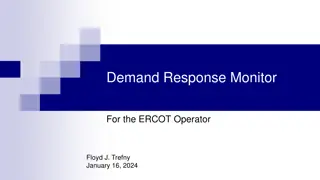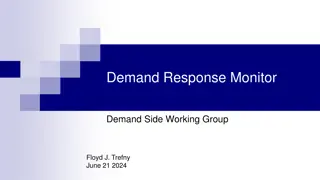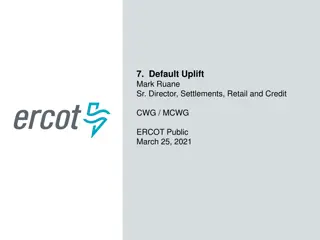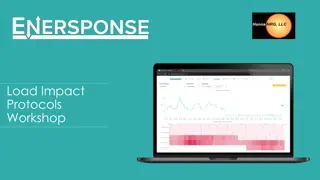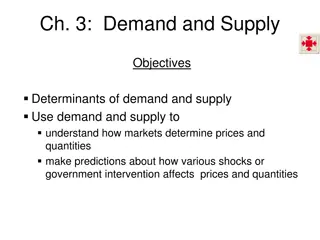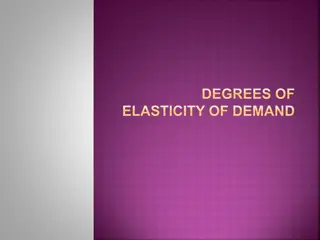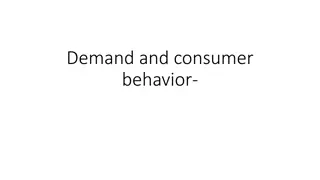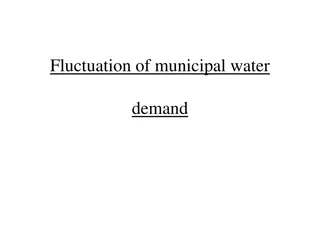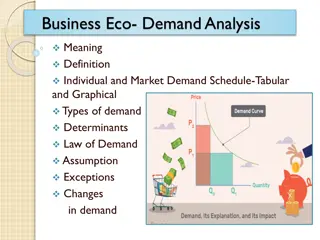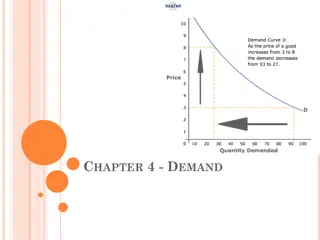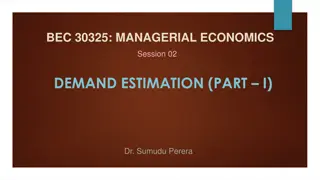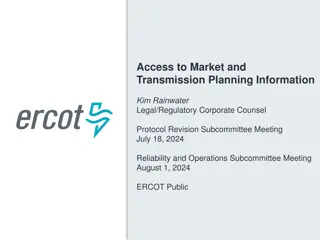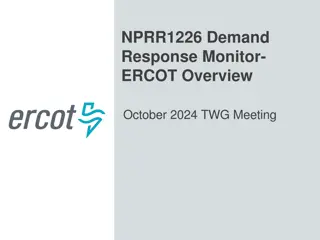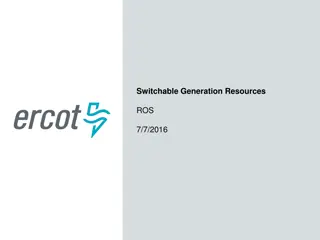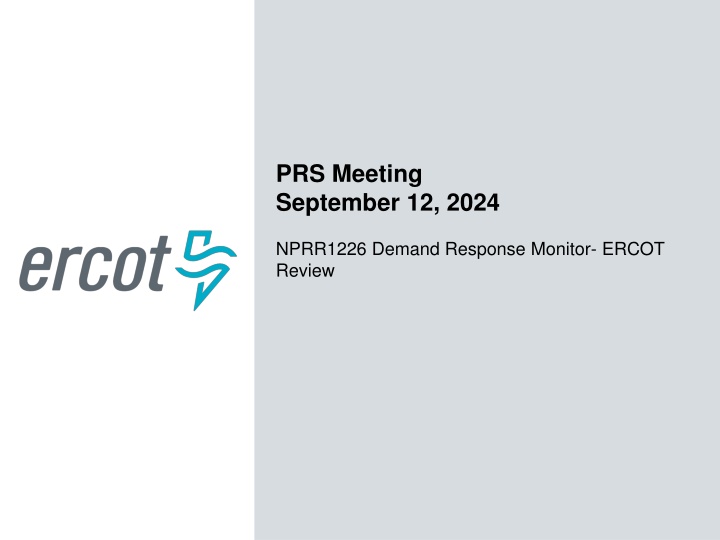
NPRR1226 Demand Response Monitor ERCOT Review
The NPRR1226 ERCOT Review addresses data requirements and issues related to identifying State Estimator Loads for aggregate demand response monitoring in the ERCOT system. It emphasizes the need for accurate real-time estimation and suggests improvements for peak consumption calculations and load reduction event durations.
Download Presentation

Please find below an Image/Link to download the presentation.
The content on the website is provided AS IS for your information and personal use only. It may not be sold, licensed, or shared on other websites without obtaining consent from the author. If you encounter any issues during the download, it is possible that the publisher has removed the file from their server.
You are allowed to download the files provided on this website for personal or commercial use, subject to the condition that they are used lawfully. All files are the property of their respective owners.
The content on the website is provided AS IS for your information and personal use only. It may not be sold, licensed, or shared on other websites without obtaining consent from the author.
E N D
Presentation Transcript
PRS Meeting September 12, 2024 NPRR1226 Demand Response Monitor- ERCOT Review
NPRR1226 ERCOT Review The data requested is intended to only provide an indicator of the direction certain ERCOT identified transmission loads are responding. Only certain non-conforming transmission connected loads will be aggregated in the data set. This is not intended to be an accurate real-time estimation of aggregate Demand Response occurring in ERCOT. 2 PUBLIC
NPRR1226 ERCOT Review Data Requirements Need to identify which State Estimator Loads (SEL) include meaningful MWs of non-conforming load (load that is not impacted by weather conditions). SELs selected by ERCOT SELs selected have historically responded to LMPs, 4CP/Near 4CP, voluntary energy conservation notices, or other ERCOT actions. Once identified aggregate these SELs into a single real-time value for each SCED run over the last two hours. Determine peak consumption of the aggregate SELs Language currently in NPRR will result in erroneous response values Suggest using a meter-before approach (see next slide) Calculate running Demand Response by comparing the single real-time values to the peak consumption. PUBLIC
NPRR1226 ERCOT Review Issues Identified with NPRR A 2 hour look back for determining peal interval as suggested in the NPRR can result in a false recovery from load reduction events. Historically some load reduction events have been shown to last longer than 2 hours (E.g., 4CP events can start as early as interval 60 and conclude at interval 80 or later). This could be resolved by using a meter-before approach that identifies a point in time just prior to when a predetermined change in the load point occurred. Suggest adopting protocol language that is less prescriptive to address this issue. PUBLIC
NPRR1226 ERCOT Review ERCOT currently provides similar data to the ERCOT Control room on the Steel Mill Loads and LFLs. The graphic does not provide a separate response value. Steel Mills and LFLs are shown separately (not recommended for public) Graphs telemetered aggregate load to LMP NPRR provides ERCOT sole responsibility of identifying which SELs to include in the aggregation. Any public reporting of which SELs are included must be avoided. Issue of the quality of the data raised at previous PRS meeting. This may not be an issue once it s understood the information provided is intended to solely be a DR indicator and not a real-time ERCOT wide estimate of DR. Transmission switching can be an issue. PUBLIC



